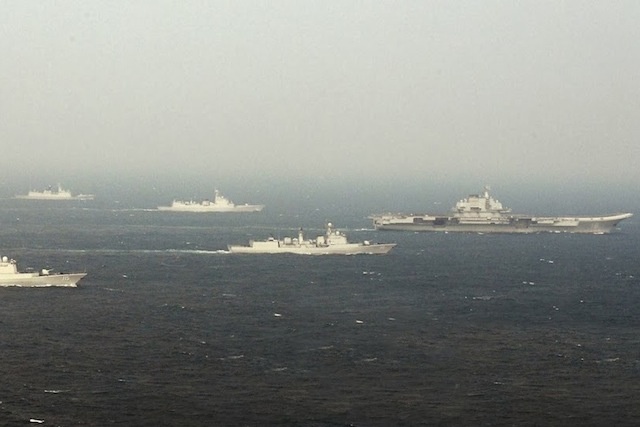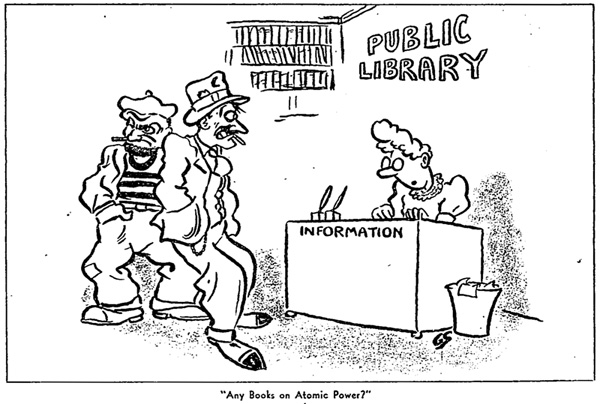
Young wannabes doing their thing at a Techcrunch Disrupt conference in 2012. Photo via Flickr user JD Lasica
At the Powell Street BART station in San Francisco, ads for Oakley sunglasses are everywhere. “Disruptive by design,” they declare—or, rather, #DESRUPTIVEBYDESIGN. Behind those words are gray images of blueprints and lasers and factories with big bolts like in Charlie Chaplin’s spoof Modern Times. Fittingly, the campaign is a collaboration with Wired, the foremost media enterprise devoted to the worship of all things new. In the Silicon Valley lexicon, disruption is such an overused incantation that it's almost dull. Now even sunglasses can do it.
The truth, however, is that disruption is not boring at all. It impacts people's lives every day—though much more often the lives of vulnerable working people, rather than those of the complacent fat cats all this talk of “disruption” is supposed to threaten. We need to be a lot more careful about how we throw that word around and, much more importantly, how we actually disrupt.
Jill Lepore’s recent essay in The New Yorker, “The Disruption Machine,” offers an important intervention. She questions the economic logic of the gospel of disruption being taught at business schools and startup accelerators—that forever disrupting the way of things means endless innovation, growth and progress. Lepore points out that this worldview overlooks the great bulk of the economy that rests on relative stability and rather marginal improvements. Compared to them, disruption is a bit of a sideshow. Even in tech.
A good way to start thinking about disruption is by asking questions like this: Who is being disrupted most? And who really benefits? 25-year-old startup CEOs—the people we hear talking about disruption the most these days—come and go. Some of them will manage to make a living on the basis of their disruptive ideas, and a few will get very rich, but most will end up going through cycles of boom and bust, disrupting themselves until they wind up working for someone else. The venture capitalists who fund them, and who so eagerly egg on their disruptive talk, hedge their bets and diversify their portfolios and will probably end up with plenty of money no matter what.
The most serious disruption of our economy in recent memory, the 2008 financial crash, is a particularly troubling example of this pattern. What caused the crisis? A financial industry gone recklessly amok, disruptively innovating complex instruments like derivatives and new ways of packaging mortgage-backed securities without regard for the consequences. Who suffered those consequences? Some well-paid bankers were laid off, but millions of people across the United States lost their homes, their jobs, or both.
A bailout arrived for the banks, and soon they rehired most of those who’d been laid off and kept—or even increased—their stratospheric executive bonuses. For people in other sectors who were able to get back to work, it was generally to lower-paying jobs. Foreclosed homes in many communities were acquired by big companies on behalf of Wall Street, rather than being bought back by individuals and families who lived in them. That disruption, in the end, only helped the fat cats.
No matter who causes a disruption—or, in some respects, even what kind of disruption it is—those who are best prepared to take advantage of it are the ones who win out. In 2008, the banks had lobbyists and PACs and their own former co-workers at the highest levels of government. The people left homeless or jobless, meanwhile, had little recourse but silence and a misplaced sense of shame. Disruption, then, tends to make our rampant inequality even worse.
Another kind of disruption is that of a resistance movement. We all watched, often with surprise and dismay, what happened in the wake of the 2011 uprising in Egypt. The initial pro-democracy wave created a massive disruption and forced a ruler from power. But the democratic forces were fairly marginal in Egyptian society, and that was just about the last we heard from them. Soon, the Muslim Brotherhood took power, having joined the protests only reluctantly. The group won elections not because its members sparked the unrest, but because for decades they had been building formidable networks throughout the population. Before long, they were crushed by the military, a vast apparatus fueled by billions of dollars in aid from the United States. Once again, entrenched power prevailed over the agents of disruption, and those who've suffered most have been working class Egyptians.
Disruption is essential, and a fact of life. This is a world rife with injustice and cruel inertia, and we should definitely explore creative ways of resisting those tendencies. We should be in the streets protesting when we need to, and we should be creating new kinds of organizations that push the boundaries set by old ones. But disruption, in and of itself, isn’t necessarily a good thing unless those who are most vulnerable in society are poised to benefit.
There are ways communities can make that happen, or at least make it more likely. They can build strong, disciplined coalitions. They can organize workers and develop habits of self-reliance. An important recent conference in Jackson, Mississippi, for instance, focused on building resilient cooperative enterprises in black communities, which were especially hard-hit by the 2008 crisis. African Americans in the South know this lesson well. Decades earlier, the civil rights movement turned its disruptions into victories because of tight-knit networks like churches and the Student Nonviolent Coordinating Committee.
Disruption is not a word we should use lightly, or cynically, or in order to sell more eyewear. It is not a mere business model. Perhaps it should be treated more like a swear word, in the sense of being especially potent and rather seldom used. We draw our swear words from sexuality and religion—important things that can have dire consequences. Disruption is important and dire, too, and it’s time we talked about it that way.
Follow Nathan Schneider on Twitter.



